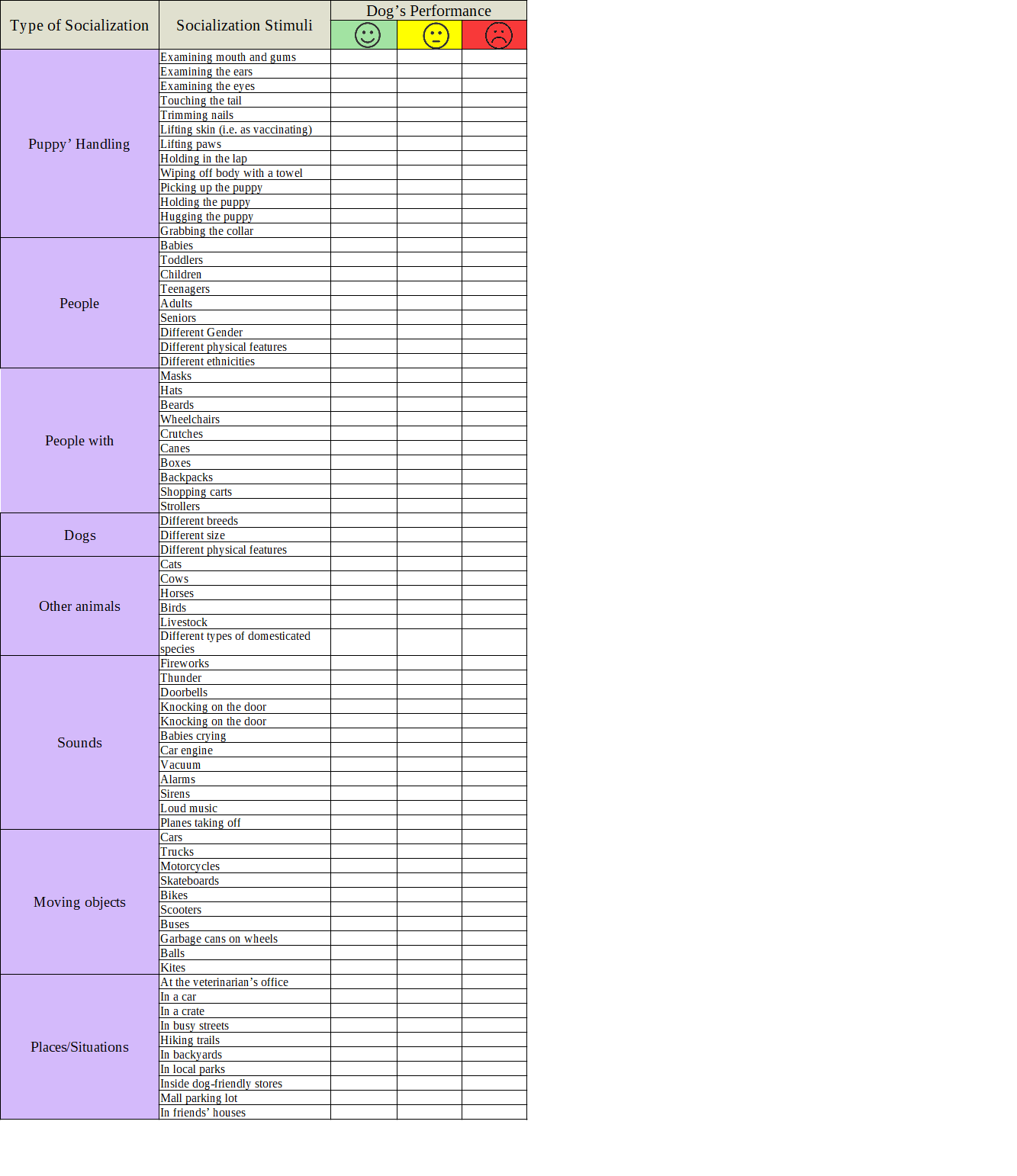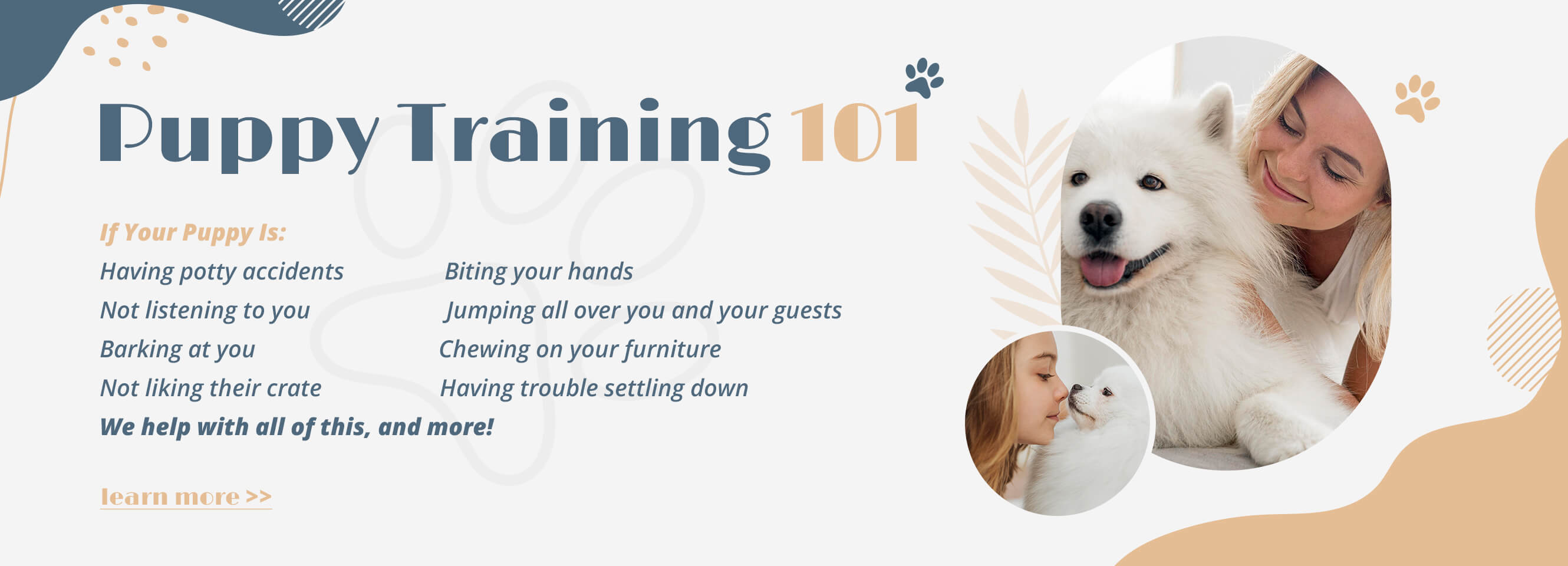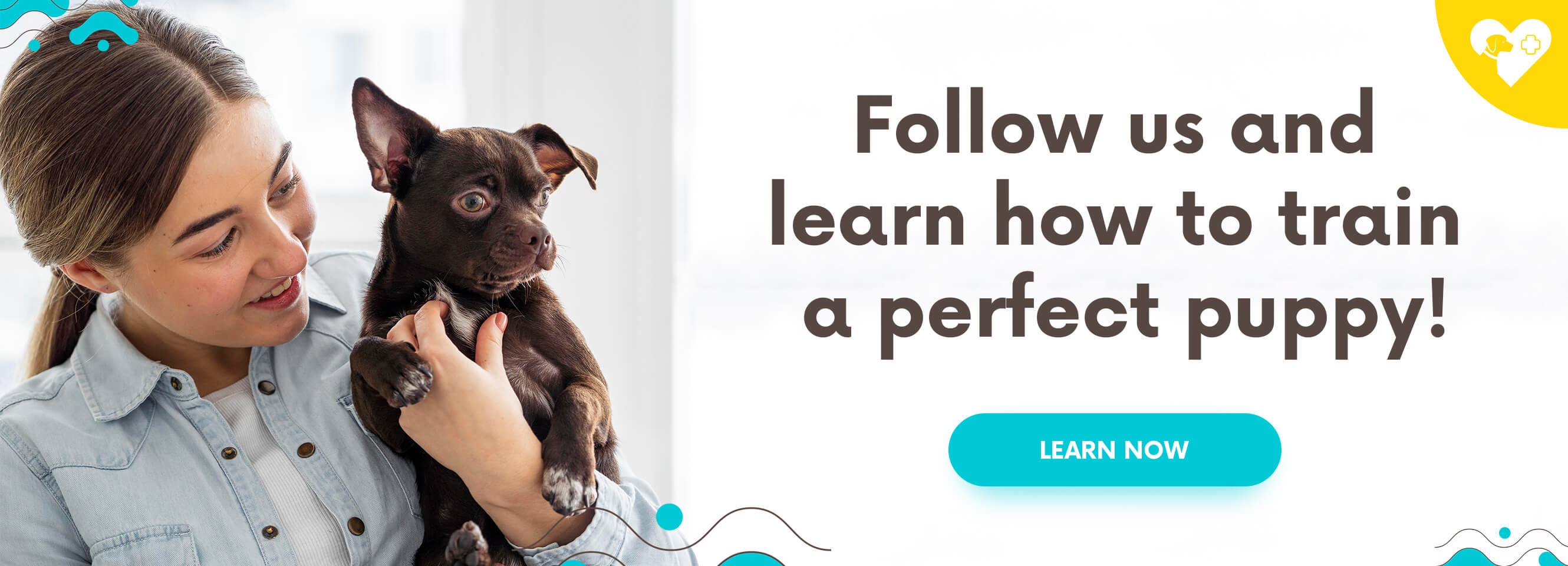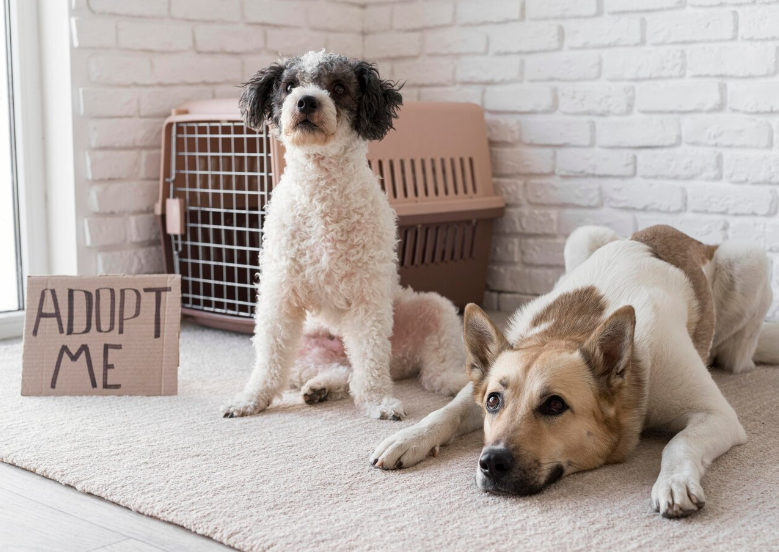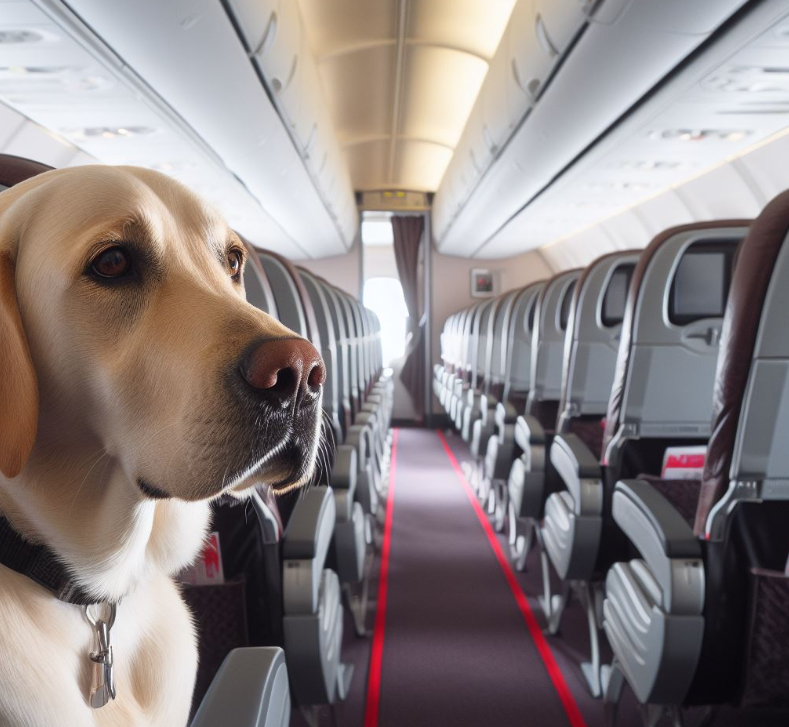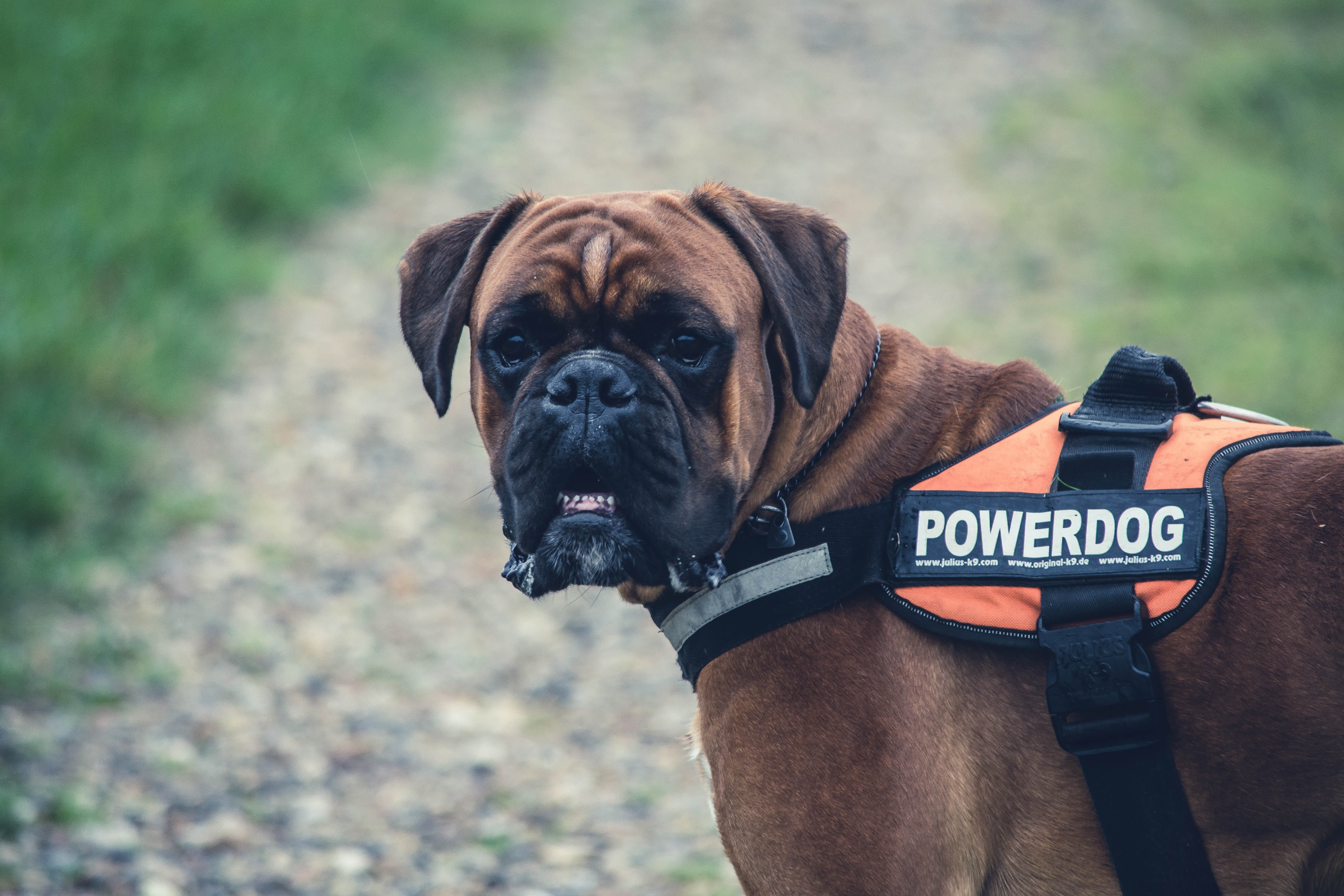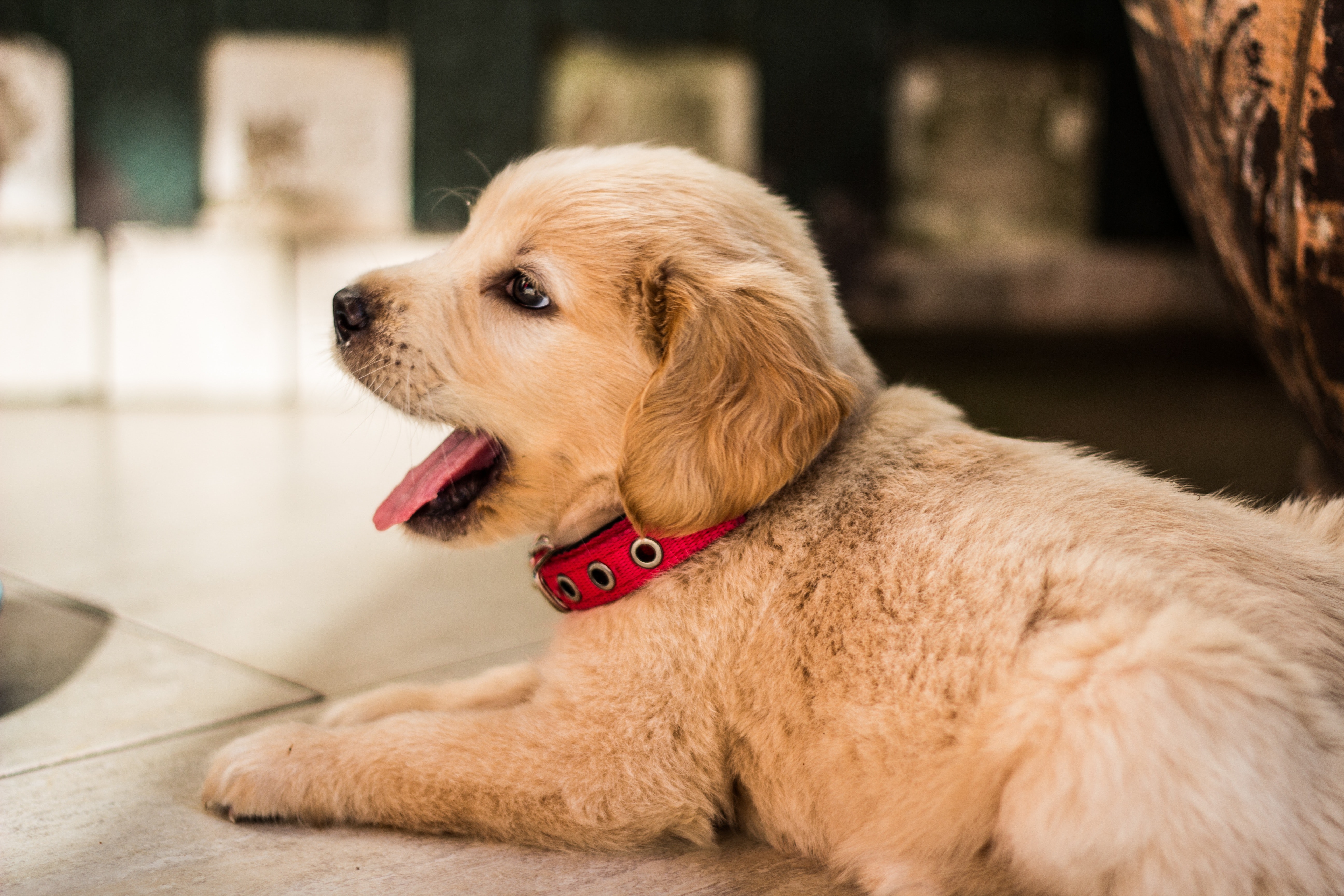
Dog socialization at a young age is an essential part of every dog’s development as an individual. The earlier the socialization begins, the better the results will be in the long term. To make the process easier, dog owners can make lists with various situations/objects/distractions included, that their pups need to be familiar with. These checklists can be used by pup parents as helpful tools to determine whether their paw friend can behave themselves when a certain distraction is present or not.
In today’s article, we will let you know what the benefits of a pup’s socialization are and how to create a socialization checklist.
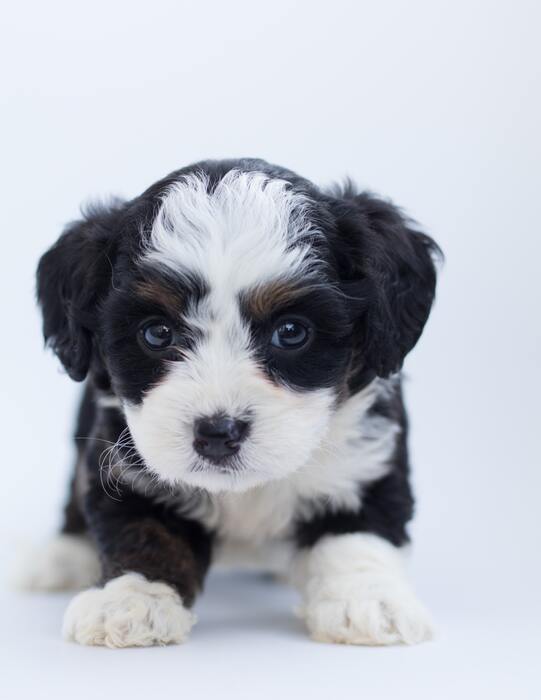
Why Should You Socialize Your Pup?
Socializing a pup will prevent it from showing reactivity or aggression towards different stimuli, especially other animals and people; being anxious and fearful, especially while outdoor in an unknown environment; exhibiting other types of unwanted behaviors such as excessive barking, pulling on a leash, whining/growling when left alone, jumping on people...etc. There are many behaviors we can add to this list. It is important to note, that “socialization” is not only exposing the pup to other animals and people (although these two factors are among the most important ones), but getting it familiar with sounds, smells, and new surroundings and teaching it to remain calm and confident.
When we talk about service animals- proper socialization is absolutely mandatory for the dog to be able to become a good service dog. You can not fight genetics, but you can do a lot to help your pup develop as a well-behaved adult, who is a polite member of society.
When Does Puppy Socialization Begin?
A general rule is that puppies should not be separated from their mother until they reach the age of 8 weeks. Once the puppy enters its new home, the process of socialization begins. Of course, this does not mean immediately taking the pup outside for a walk and letting it interact with people and animals. Puppies can go outside after they have been fully vaccinated (the final round of vaccinations has been made), which is about the age of 16 weeks. However, a compromise would be to pick up your pup and carry it outside or put it in a crate and take a walk.
The first stage of socialization begins at home and family members play an essential role in this process. House-breaking the puppy, and teaching it where to go potty, and what it is allowed and not allowed to do, i.e. not biting while playing, are the very first steps on the way to properly raising a pup. During the first days, your pup may feel a bit stressed due to the environmental changes and you should give it time to adapt. It will start exploring its new home and your role is to keep it safe and teach it how to interact with the world around it. Picking up the pup and being able to handle it such as brushing or cleaning its ear is among the first steps to proper socialization.
Methods to Socialize Your Pup and Which One We Like the Most
1. Exposing the pup to many people within 100 days;
2. Pairing each activity with a great experience;
3. Combo/customized method.
The first method focuses on quantity and not on quality. In other words, it suggests that socialization takes place by gradually exposing the pup to many people- the more people the pup has met and the more places it has visited, the less reactive and more tolerant towards them it will be. Although in general, this sounds reasonable, there are some problems with this method.
If you let your pup meet 100 people within 100 days (as the method suggests), it can get overwhelmed, fearful, anxious, or reactive. This method will not work for puppies, who need more time to get used to new surroundings and have to be gradually exposed to new stimuli. When an anxious pup is exposed to many distractions, it can become aggressive. Fear and stress are the most common reason for dogs to behave aggressively.
The second method implies that the owner should try to provide their pup with an experience as positive as possible. Although this sounds really good, as your pup will be always happy when exploring the world, this method also has hidden problems.
First, you take the risk of making your pup overly excited as it will expect you to reward it every time it meets a new dog, a new person, goes to a new place, hears a new sound...It will be unable to perceive the world calmly as a confident balanced dog.
Moreover, it is unrealistic for owners to have to bring treats basically every time while being accompanied by their pup. Also, the amount of treats puppies should take on a daily basis, need to be considered, otherwise, they may gain weight. Being overweight and obese can lead to many serious health conditions such as kidney failure, liver failure, diabetes, heart disease, joint problems...etc.
Let’s take a look at the third method and why we think it is the most suitable one.
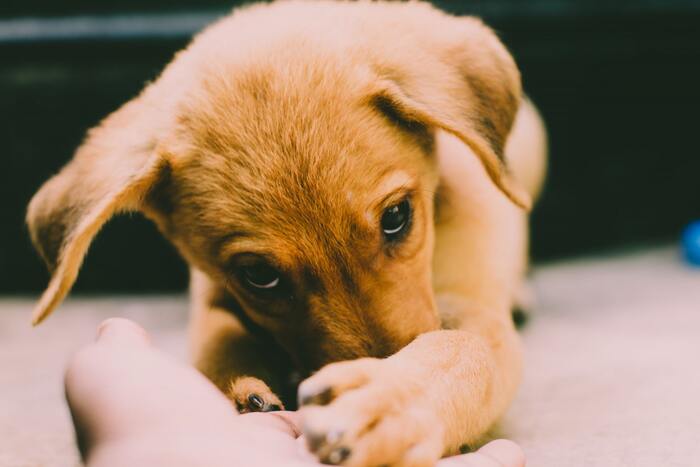
Customized Method
Know Your Pup
Learn what type of personality and temper your pup has- try to know it as an individual. That way you will know what situations/people/animals/items trigger it and at what level. You will be able to take steps toward addressing any behavioral issues and adapt the process to your pup’s personality.
Gradually Expose It to New Surroundings and Distractions
Once your pup can go outside (we always recommend that you consult a veterinarian in regard to that matter), you can start gradually engaging it in your life- take it with you when you meet people and animals, when you go on a picnic, jogging, hiking...of course take your pup’s age into consideration. You should not over-exercise it, as it may get injured. Pup’s bones are still fragile and need time to fully develop. Also, if you notice that your pup feels uncomfortable in a certain environment, avoid going there (at least at this point before training has begun).
Reinforce the Good Behavior
When going to a new place, you may want to reward your pup when it remains calm and behaves well. If you plan to visit places with more distractions, you should reward your pup with treats of a high value.
Know What Treats to Use
As we have mentioned many times, treats are an important part of dog raising and training. They (food in general) are primarily positive reinforcement tools that encourage the dog to show a certain behavior as he/she knows that he/she will be rewarded for that. If your pup is not food-driven, you can try toys or anything that motivates it. When there are many distractions or you want to teach your pup a new behavior, you can use for example pieces of liverwurst, chicken, beef, turkey, lamb sticks, string cheese...etc. Medium-value treats are given more often for good (but not outstanding) behavior. The low-value treats can be also your pup’s regular food. These treats are usually given to fade out treats for certain behavior.
Train Your Pup
Under “training” in the context of socialization, we will talk about basic commands and techniques that teach a pup to remain calm, and well-behaved during the process of socialization. This is fundamental when your puppy encounters things that it seems to be afraid of.
Besides using treats (the proper treats), you should implement a clicker in your daily interactions with your pup. Some owners do not feel comfortable using a clicker or their dogs do not respond well to it. In this case, praising with a happy voice and saying “Yes” or other cue words to mark the wanted behavior work as well. Every time your pup shows the wanted behavior, you should mark the behavior and reward it.
Focus training your pup will help you get its attention when in new surroundings/surroundings with many distractions. An easy way to conduct this type of training is to wait for your pup to make eye contact with you / call it so that it looks at you, click with the clicker / say a cue word and reward it. You should start practicing at home and choose a quiet area. Repeat the steps several times, and when you notice that your pup responds consistently, you can move to a busier area. Add distractions gradually and if you notice that you may have added new distractions too quickly, you should take a step back and start again with fewer distractions.
Another tip, that we consider important, refers to how to deal with factors that trigger your pup. If your pup becomes very reactive/anxious in the presence of certain stimuli, whether a human, an animal, a sound, a smell or place, expose it to these stimuli step by step. Always start with keeping the intensity of the stimuli really low (i.e. approaching the dog/the person at a distance; play a video that features the scary sound really quietly) and increase it step by step. Reward your pup every time the stimuli are present. Over time it will start associating the stimuli with a reward, which brings a positive experience.
Hierarchy of Socialization Areas
What we mean by “hierarchy” is to determine how big the chance is for a certain event to occur. In other words, you should calculate if an event will definitely occur, if it there is some chance for it to occur, or if it is not very likely to occur. You may ask why this is important.
Knowing what the chances are for your pup to encounter a certain situation, you will be able to prepare your paw friend and yourself as well and know how to deal with it as needed. You will be able to adjust the focus from events that are less likely to occur to those that are common in daily life and that your pup will need to cope with.
Evaluate Your Puppy’s Performance
This means determining how your pup has handled the situation - as it really well, was good, but not perfectly, or it was rather bad.
The second type of “grade”- good, but not perfect, usually means that your pup is doing well, but you may need to reduce the distractions and take smaller steps. Go a step back and practice again at a larger distance, at a lower intensity of the sound, the smell, with slower-moving stimuli...etc., depending on what type of triggers your pup needs to handle.
A bad performance means that you have a lot of work to do and a lot of practice. A bad performance is when your pup runs away, hides, or growls.
Socialization Checklist Template
We have divided the socialization list into different categories, which include people, places, animals, surroundings, sounds...etc. Based on all the information above, you will learn how to help your pup remain calm, confident, curious, and well-behaved in various environments. You should never force your pup to get into a situation, which makes it feel uncomfortable and triggers a severe reaction.
